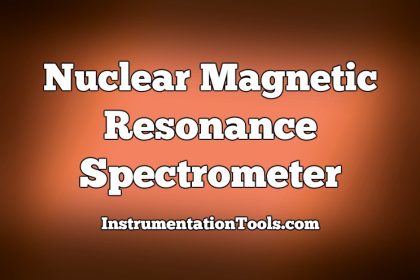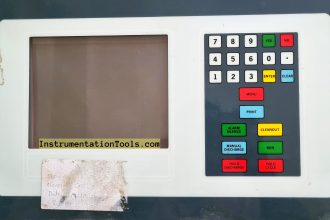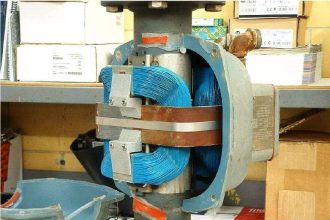X-Ray Fluorescence Spectrometry Questions and Answers
1. If the absorption of electromagnetic radiation by matter results in the emission of radiation of same or longer wavelengths for a long or a short time, the phenomenon is termed as which of the following?
a) Luminescence
b) Fluorescence
c) Phosphorescence
d) Spontaneous emission
Answer: a
Explanation: If the absorption of electromagnetic radiation by matter results in the emission of radiation of same or longer wavelengths for a short or a long time, the phenomenon is termed as luminescence. Usually, absorption of electromagnetic radiation results in emission of radiation.
2. If the absorption of electromagnetic radiation by matter results in the emission of radiation of same or longer wavelengths for a short time, the phenomenon is termed as which of the following?
a) Luminescence
b) Fluorescence
c) Phosphorescence
d) Spontaneous emission
Answer: b
Explanation: If the absorption of electromagnetic radiation by matter results in the emission of radiation of same or longer wavelengths for a short time, the phenomenon is termed as fluorescence. Fluorescence emissions are characteristic of the particular element.
3. If the absorption of electromagnetic radiation by matter results in the emission of radiation of same or longer wavelengths for a long time, the phenomenon is termed as which of the following?
a) Luminescence
b) Fluorescence
c) Phosphorescence
d) Spontaneous emission
Answer: c
Explanation: If the absorption of electromagnetic radiation by matter results in the emission of radiation of same or longer wavelengths for a long time, the phenomenon is termed as phosphorescence. Phosphorescence is a type of luminescence.
4. Prompt emission of X-ray by an atom ionised by a higher energy X-ray is a type of which of the following phenomena?
a) Luminescence
b) Fluorescence
c) Phosphorescence
d) Spontaneous emission
Answer: b
Explanation: Prompt emission of X-ray by an atom ionised by a higher energy X-ray is a type of fluorescence. Fluorescence emissions are characteristic of the particular element.
5. The measurement of intensity of fluorescent X-rays provide a simple and ____________ way of _____________ analysis. Fill in the blanks.
a) Destructive, quantitative
b) Non-destructive, quantitative
c) Destructive, qualitative
d) Non-destructive, qualitative
Answer: b
Explanation: The measurement of intensity of fluorescent X-rays provide a simple and non-destructive way of quantitative analysis.
6. The energy of the emitted X-rays depends upon the _________ of the atom and their intensity depends upon the __________
a) Atomic number, amount of sample
b) Mass number, amount of sample
c) Mass number, concentration of atoms
d) Atomic number, concentration of atoms
Answer: d
Explanation: The energy of the emitted X-rays depends upon the atomic number of the atom and their intensity depends upon the concentration of atoms in the sample. X-ray fluorescence spectroscopy is based on this principle.
7. Which of the following is Mosely’s equation if ‘C’ is the speed of light, ‘a’ is proportionality constant, ‘σ’ is a constant which depends on electronic transition series, ‘Z’ is the atomic number and ‘λ’ is the wavelength?
a) Cλ= a(Z-σ)2
b) C/λ= a(Z-σ)2
c) C(Z-σ)2= aλ
d) C(Z-σ)2= a/λ
Answer: b
Explanation: The Mosely’s equation is, C/λ= a(Z-σ)2.
It gives the relationship between speed of light, reciprocal of wavelength and atomic number.
8. The problem of spectral interference is not severe in X-ray spectroscopy.
a) True
b) False
Answer: a
Explanation: The problem of spectral interference is not severe in X-ray spectroscopy. This is due to the relative simplicity of the X-ray spectra.
9. In X-ray fluorescence spectrometer, the relationship between the excitation intensity and the intensity of fluorescence does not depend on which of the following?
a) Spectrum of the incident radiation
b) Angle of radiance
c) Molecular weight
d) Incident angle
Answer: d
Explanation: In X-ray fluorescence spectrometer, the relationship between the excitation intensity and the intensity of fluorescence does not depend on the incident angle. It depends on absorption of path length.
10. Fluorescent X-ray spectrometers would require only moderate-intensity X-ray tubes.
a) True
b) False
Answer: b
Explanation: Fluorescent X-ray spectrometers would require high-intensity X-ray tubes. They also require sensitive detectors and suitable X-ray optics.















